
Phosphoric acid (H₃PO₄) is the intermediate chemical used to manufacture most phosphate fertilizers. It is produced by reacting phosphate rock with acids, most commonly sulfuric acid, in large industrial plants. From phosphoric acid, fertilizers such as diammonium phosphate (DAP), monoammonium phosphate (MAP), and triple superphosphate (TSP) are made.
+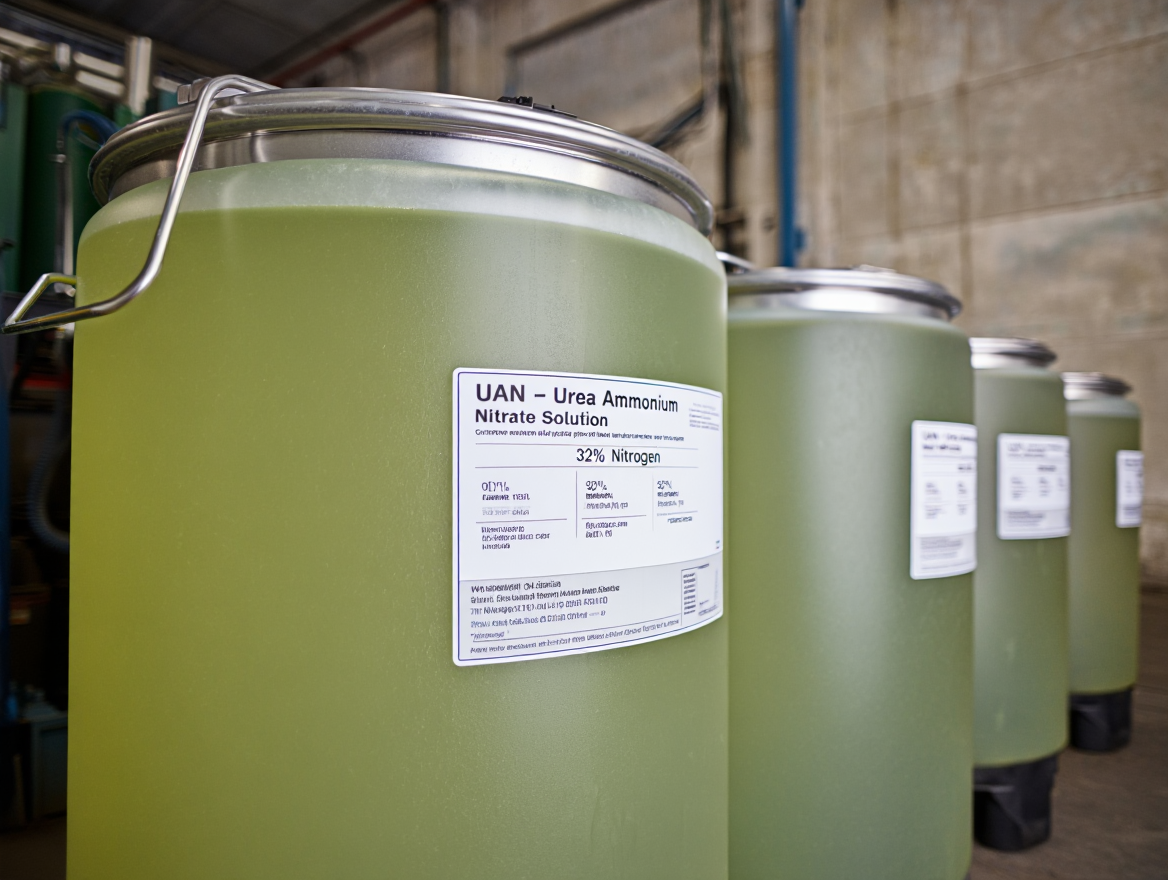
UAN (Urea Ammonium Nitrate) is a liquid nitrogen fertilizer combining urea and ammonium nitrate. Popular in mechanized farming, it is valued for its ease of handling, compatibility with crop protection products, and flexibility in application.
+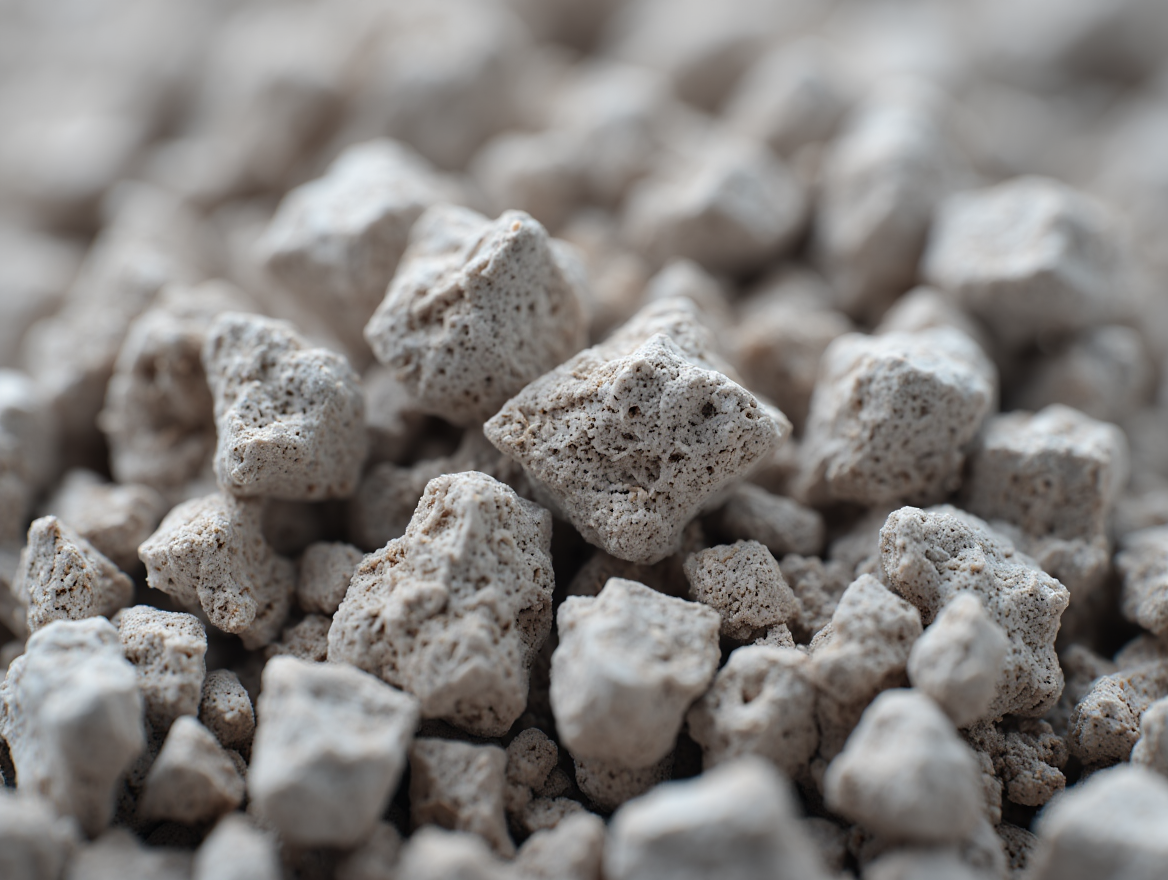
Single Superphosphate (SSP) is the oldest commercial phosphorus fertilizer, containing around 16–20% phosphorus pentoxide (P₂O₅), plus calcium and sulphur. Though less concentrated than modern phosphates like DAP, MAP, and TSP, it remains important in certain regions for its low cost, soil-conditioning benefits, and sulphur content.
+
Potash is the common name for potassium-bearing salts, primarily potassium chloride (KCl), used to produce muriate of potash (MOP), the world’s dominant potash fertilizer. Mining and processing potash is how raw underground deposits are converted into a market-ready fertilizer.
+
Electrolysis is a process that splits water (H₂O) into hydrogen (H₂) and oxygen (O₂) using electricity. When powered by renewable energy — wind, solar, hydro, or nuclear — the hydrogen is considered “green.” This hydrogen can then be used in the Haber–Bosch process to synthesize ammonia without fossil fuels. The result is green ammonia: nitrogen fertilizer with a drastically lower carbon footprint.
+
Mancozeb is a broad-spectrum contact fungicide (dithiocarbamate class) used widely in potatoes, fruits, vegetables, and field crops to manage early/late blights and many foliar diseases. Its multi-site activity is valuable for resistance management, but regulatory pressure is mounting in Europe.
+
Sulphate of Potash (SOP, K₂SO₄) is a premium potassium fertilizer containing ~50% K₂O and 18% sulphur. Unlike MOP, it contains no chloride, making it ideal for chloride-sensitive crops such as fruits, vegetables, tobacco, and nuts. Its limited natural sources and higher production costs make SOP more expensive than MOP, but indispensable for high-value crops.
+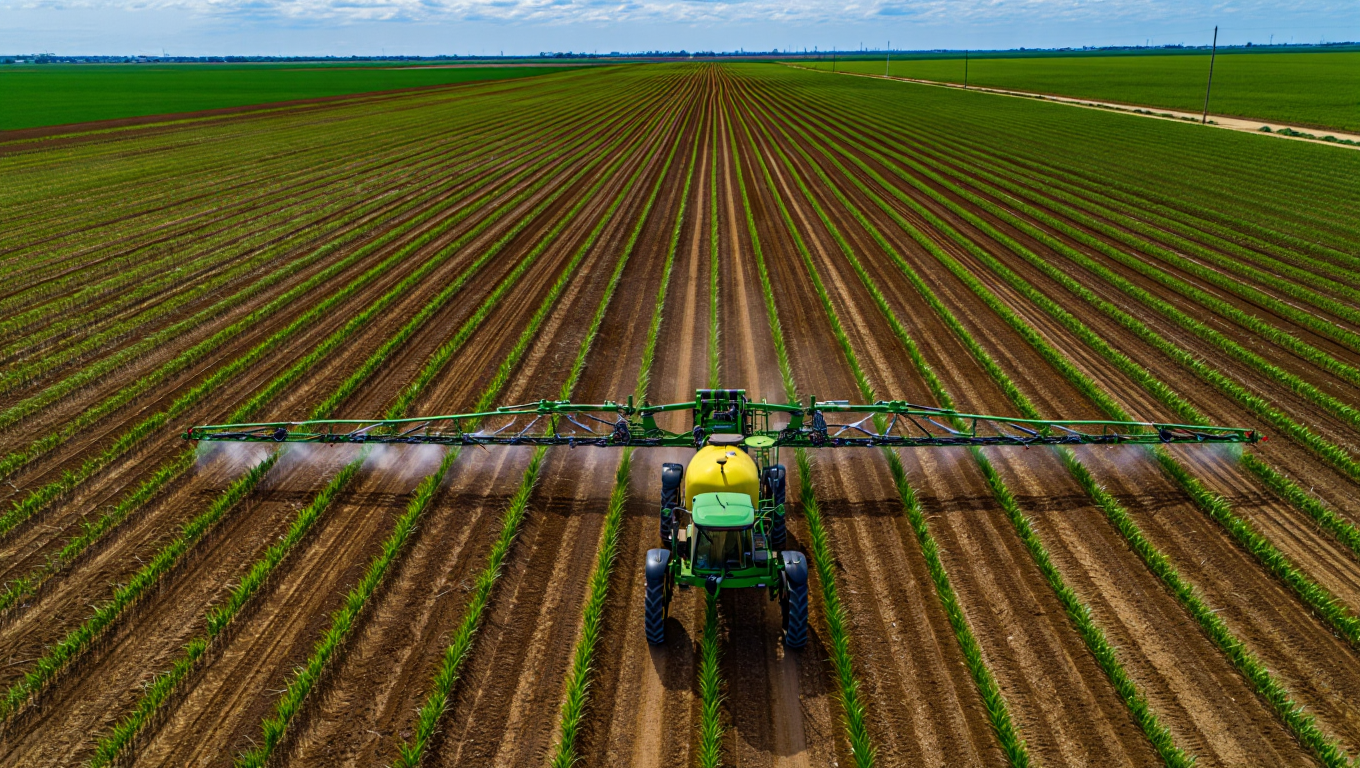
Atrazine is a selective triazine herbicide used primarily in maize and sorghum for pre- and post-emergence control of broadleaf and some grassy weeds. It’s cost-effective and agronomically valuable, but faces persistent regulatory scrutiny over water quality and biodiversity impacts.
+
Phosphate rock is the raw material used to produce phosphoric acid, the building block of phosphate fertilizers like DAP, MAP, and TSP. Beneficiation is the industrial process that upgrades raw phosphate ore to a higher concentration of phosphate (measured as P₂O₅), making it suitable for fertilizer production.
+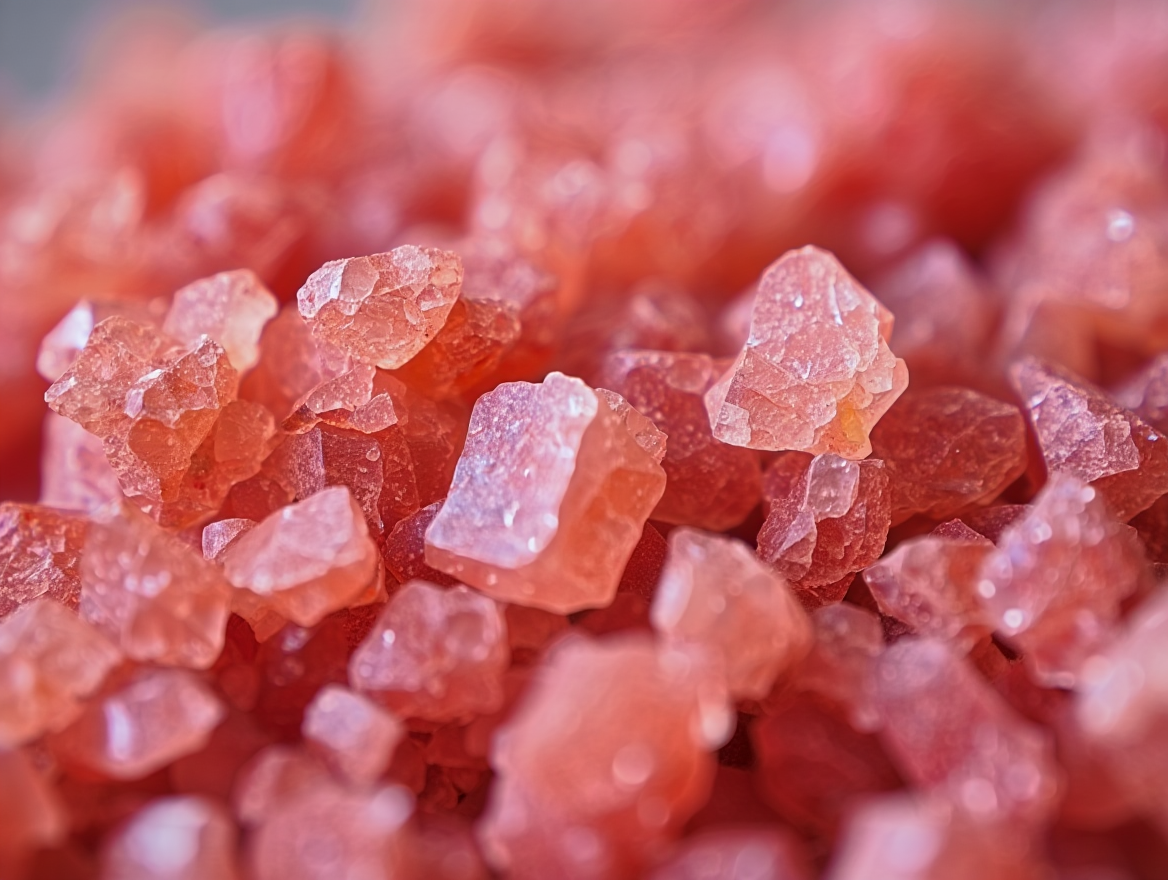
Polyhalite is a natural mineral fertilizer containing four nutrients: potassium, calcium, magnesium, and sulphur. Marketed as a multi-nutrient, low-chloride alternative to MOP and SOP, it is primarily mined in the UK and marketed globally as a premium fertilizer. Its future depends on scaling production and proving consistent agronomic benefits.
+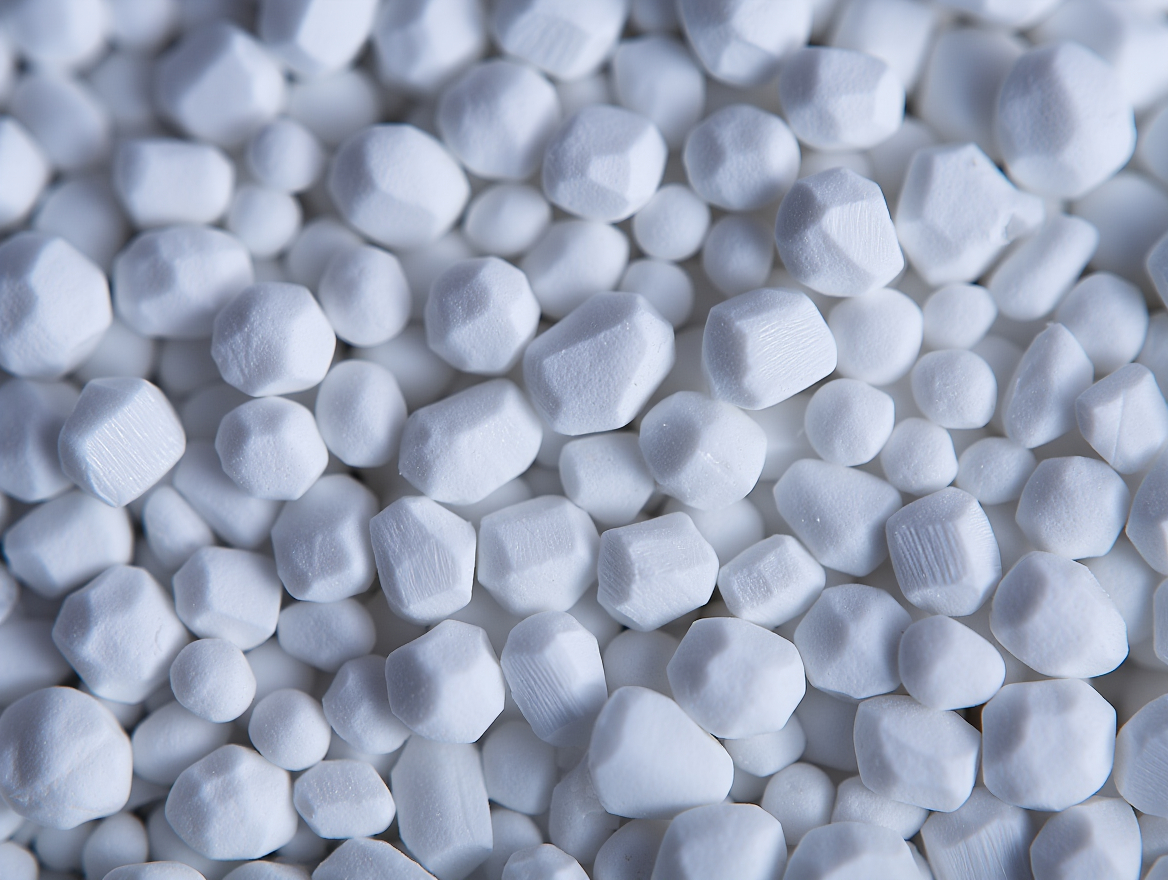
Ammonium nitrate is a high-nitrogen fertilizer widely used in temperate agriculture, but also a critical component in explosives. Its dual-use nature makes it one of the most tightly regulated fertilizers in the world.
+
Anhydrous ammonia (NH₃) is one of the most widely used nitrogen fertilisers globally. Stored and transported as a pressurised liquid, it is valued for high nitrogen content but requires strict safety handling.
+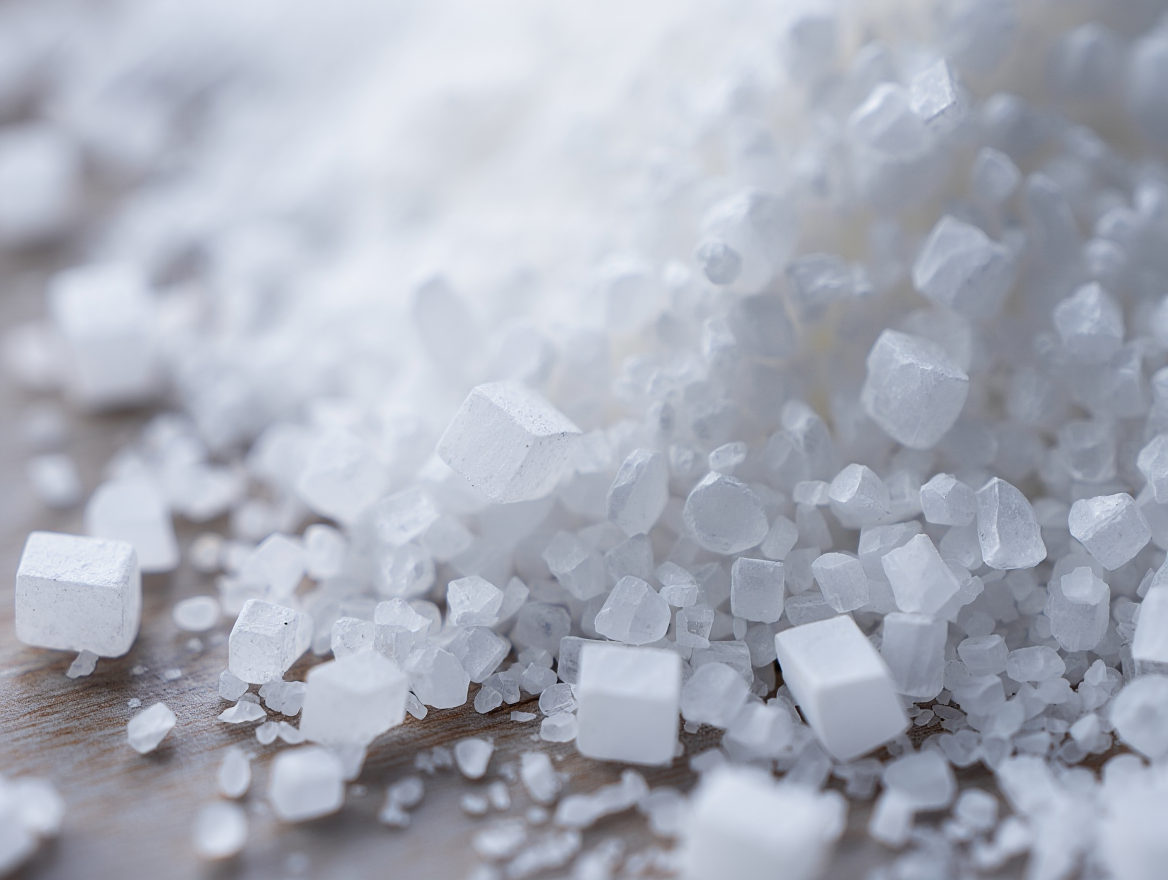
Potassium Nitrate (KNO₃), also called Nitrate of Potash (NOP), is a specialty fertilizer supplying both potassium and nitrate-nitrogen. With no chloride and high solubility, it is a preferred source of nutrients in fruits, vegetables, flowers, and hydroponics. Though niche in volume, it commands a premium role in high-value agriculture.
+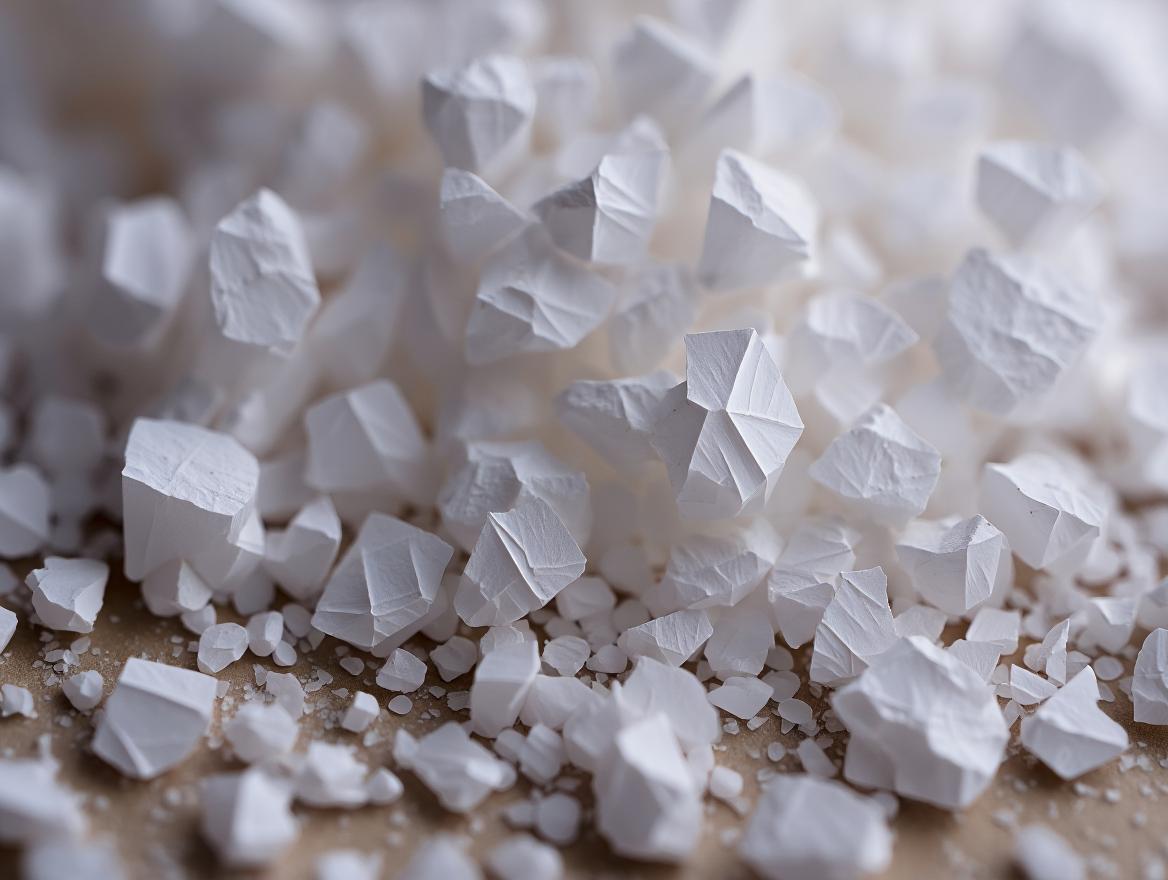
Ammonium sulphate ((NH₄)₂SO₄) supplies both nitrogen and sulphur in one product. Often a by-product of industrial processes, it is especially important for sulphur-hungry crops (oilseeds, legumes) and in regions where atmospheric sulphur deposition has declined.
+.png)
Chlorothalonil is a broad-spectrum, multi-site contact fungicide used historically in cereals, potatoes, peanuts, and turf for foliar disease complexes. It has been banned in the EU over health/environmental concerns but remains registered in several other markets.
+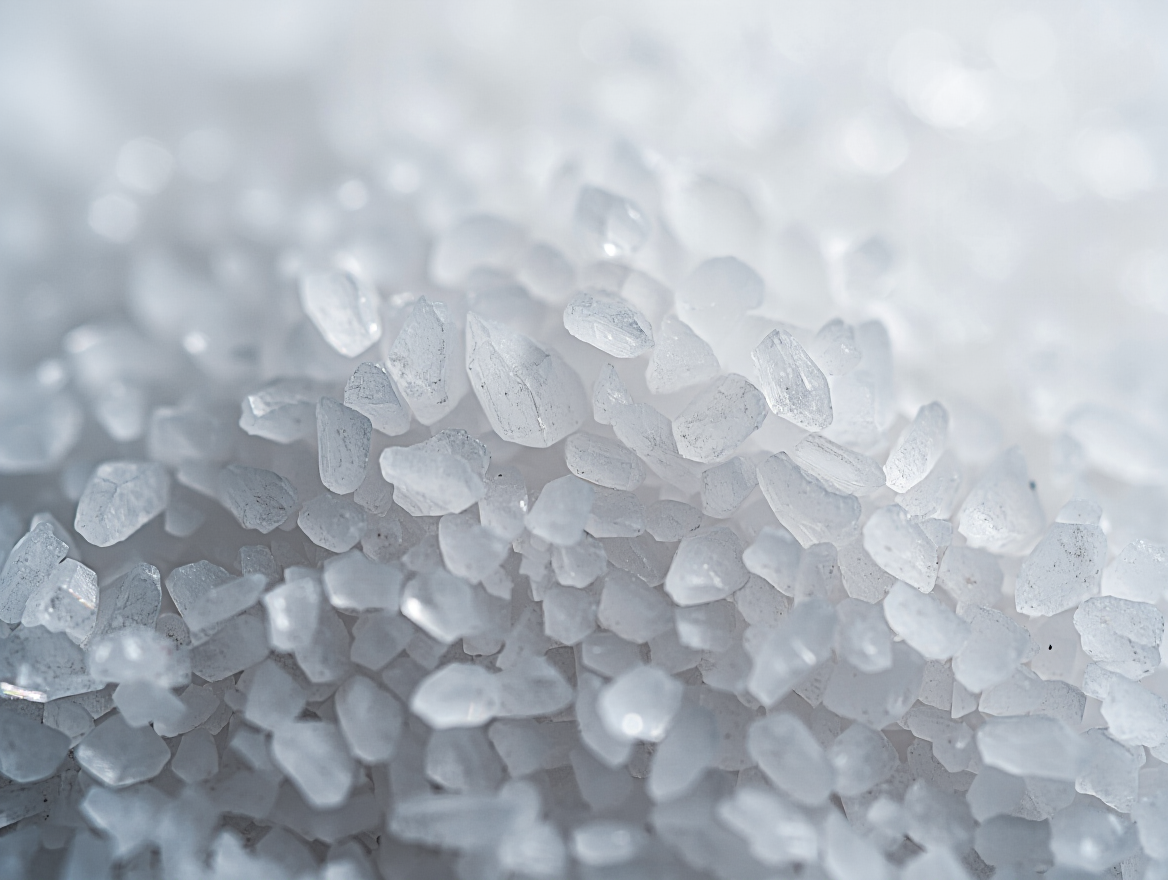
Calcium Nitrate (Ca(NO₃)₂) is a highly soluble fertilizer supplying both nitrate-nitrogen and calcium. It is especially important in horticulture, hydroponics, and specialty crops where precise nutrition and soil structure management are critical. Though a small-volume fertilizer globally, it commands a premium price and plays a vital role in high-value agriculture.
+
Few industrial processes have shaped modern life as profoundly as the Haber–Bosch process. Developed in the early 20th century, it unlocked the ability to capture nitrogen from the air and convert it into ammonia — the foundation of all synthetic nitrogen fertilizers. Without it, global food production could not sustain today’s population.
+
Coal gasification is an alternative method of producing hydrogen for ammonia synthesis. Instead of using natural gas (as in Steam Methane Reforming), coal is converted into a synthesis gas (“syngas”) of hydrogen, carbon monoxide, and carbon dioxide. This hydrogen then feeds into the Haber–Bosch process to produce ammonia.
+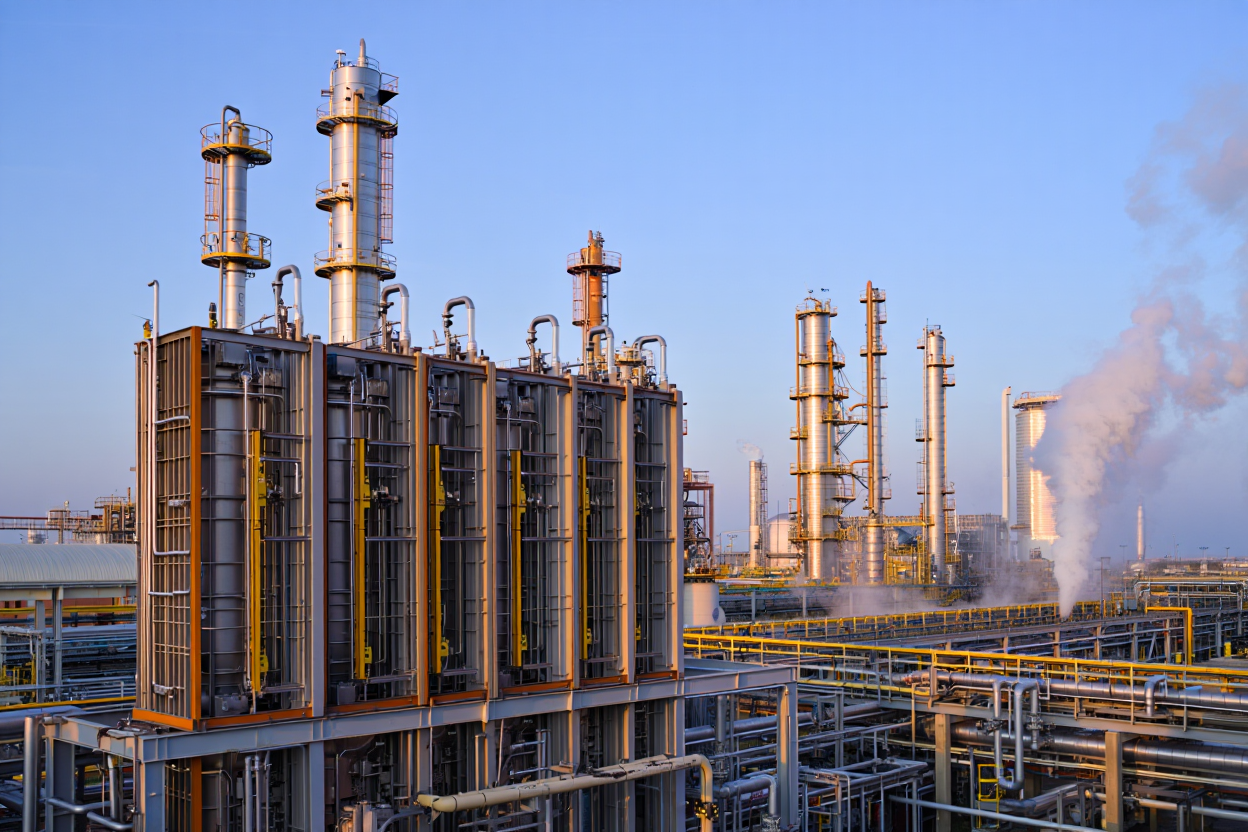
Steam Methane Reforming (SMR) is the dominant method for producing hydrogen, which is the critical feedstock for ammonia synthesis in the Haber–Bosch process. Because nitrogen fertilizers rely on ammonia, SMR underpins the entire nitrogen fertilizer industry.
+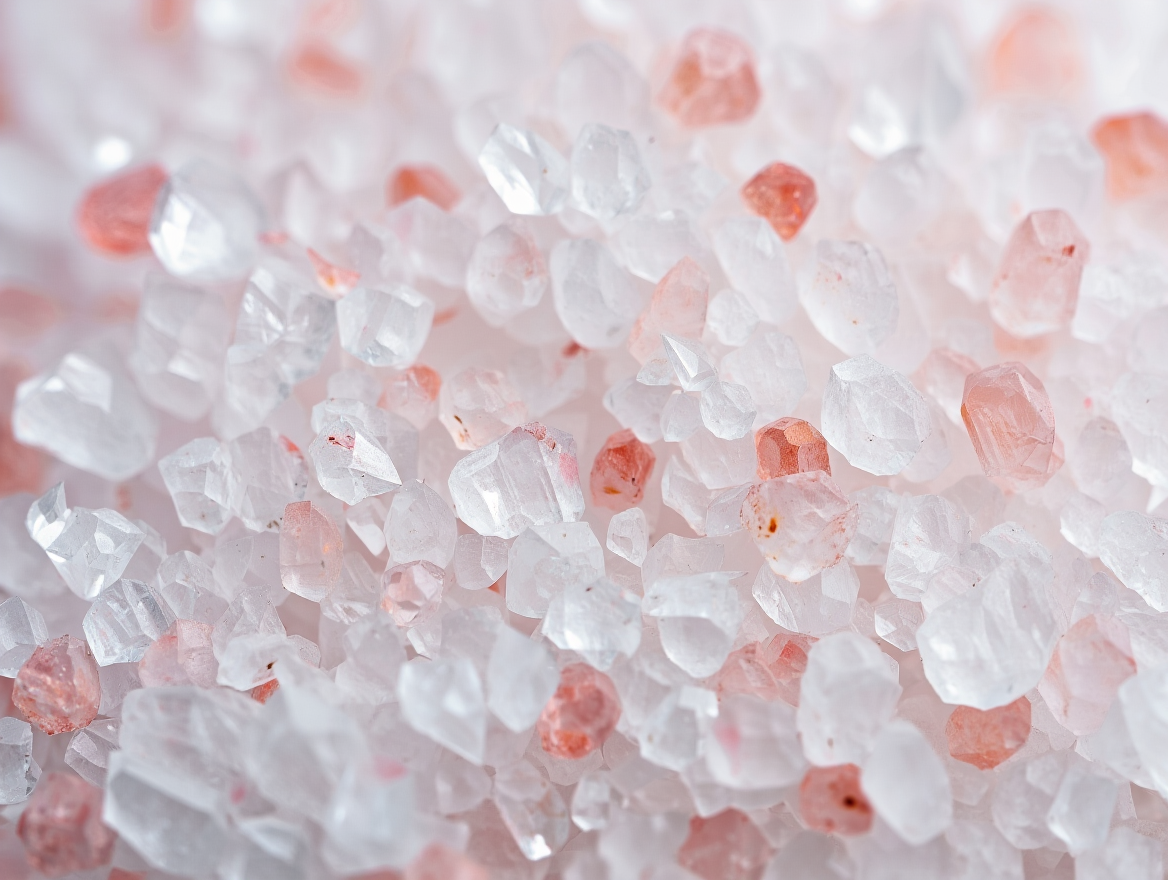
Muriate of Potash (MOP), chemically potassium chloride (KCl), is the most widely used potassium fertilizer in the world. With ~60% K₂O equivalent, it is essential for plant water regulation, stress tolerance, and crop quality. Its production is concentrated in a handful of countries, making it a geopolitically sensitive commodity.
+
Triple Superphosphate (TSP) is a highly concentrated phosphorus fertilizer, containing no nitrogen but delivering up to 46% phosphorus pentoxide (P₂O₅). It is valued in regions and cropping systems where direct phosphorus supplementation is needed, particularly for legumes, fruits, and specialty crops.
+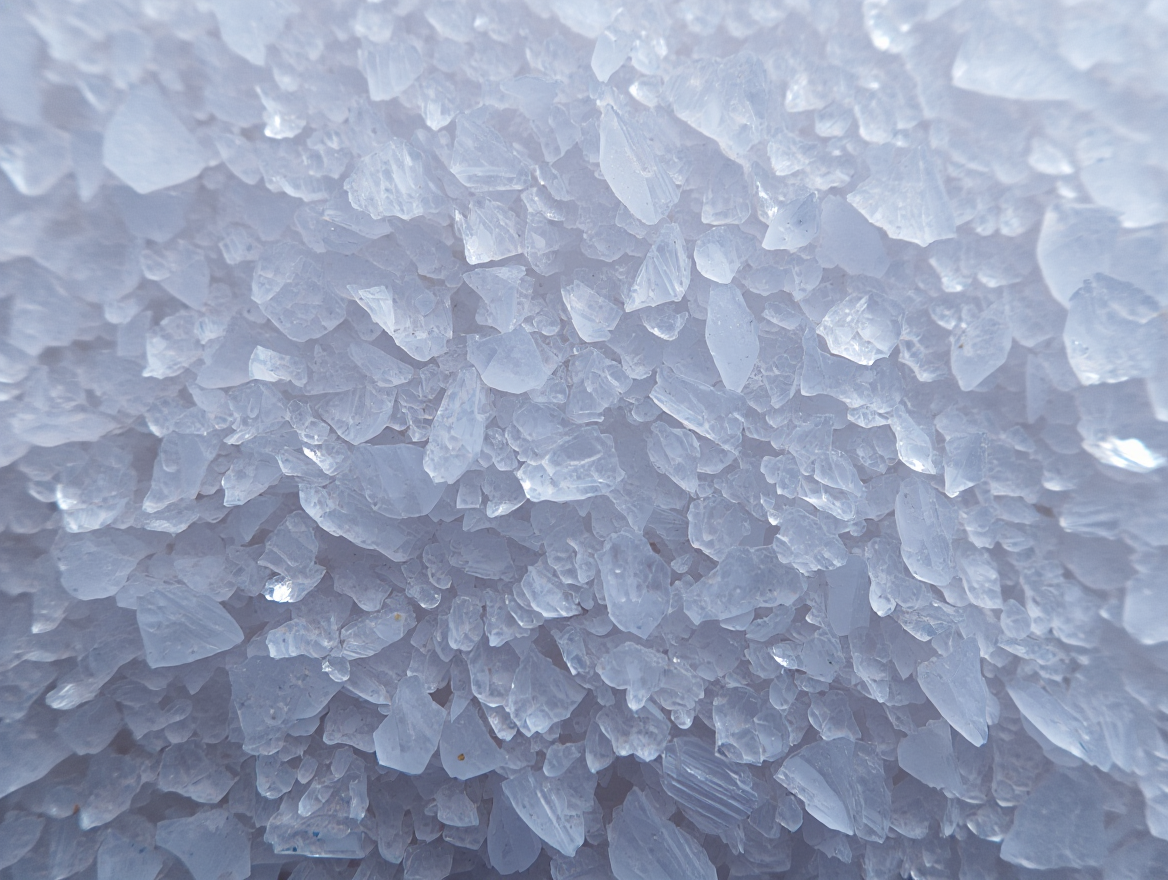
Calcium Ammonium Nitrate (CAN) is a granular nitrogen fertilizer containing about 27% nitrogen, with added calcium to improve soil structure and reduce acidification. It is especially popular in Europe, valued for its stability, safety compared to straight ammonium nitrate, and balanced nutrient profile.
+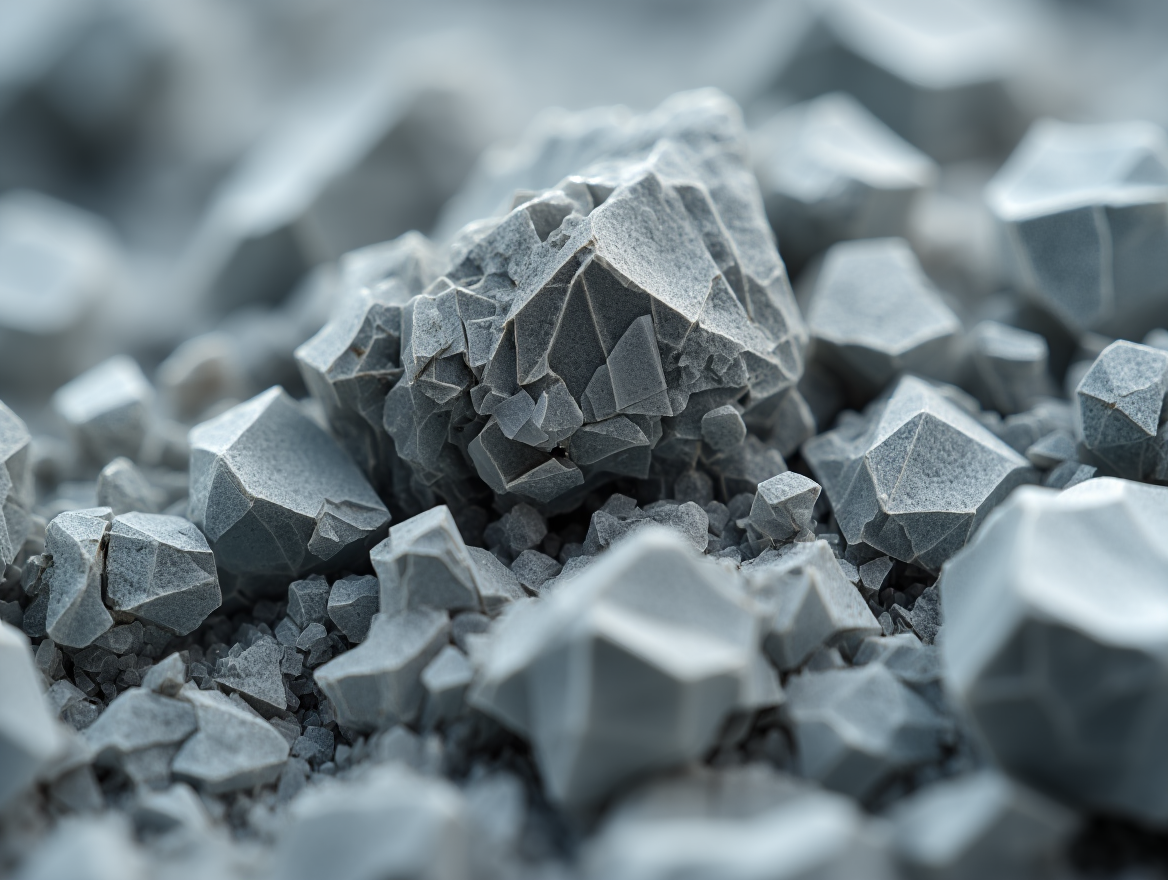
Langbeinite (K₂Mg₂(SO₄)₃), marketed as K-Mag or SOPM, is a naturally occurring mineral fertilizer that provides three key nutrients: potassium, magnesium, and sulphur. It is chloride-free, making it suitable for sensitive crops like fruits, vegetables, and tobacco. Though niche in global tonnage, it plays an important role in specialty agriculture.
+
MAP (Monoammonium Phosphate) is a concentrated phosphate fertilizer containing both nitrogen and phosphorus. It is widely used in cereals and horticultural crops, especially where soil pH and phosphorus availability are critical.
+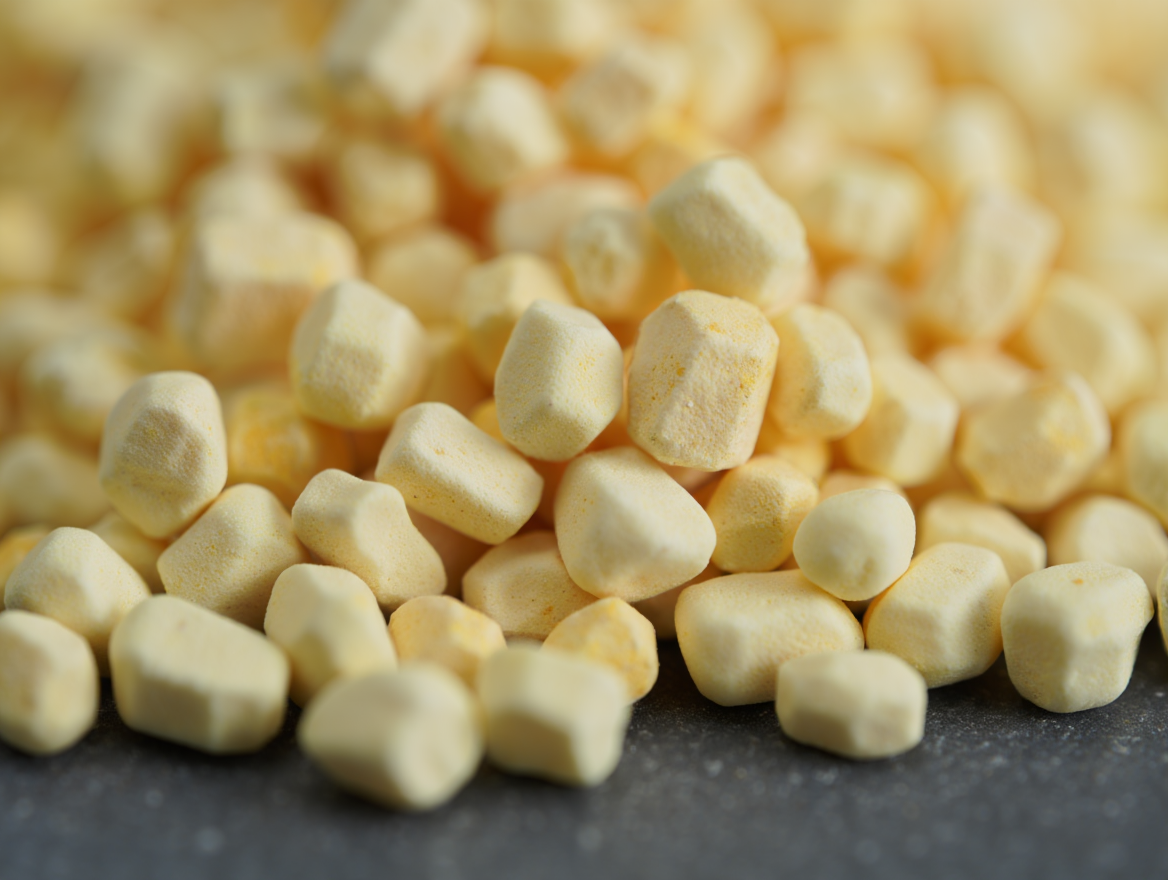
DAP (Diammonium Phosphate) is the world’s most widely traded phosphate fertilizer, supplying both nitrogen and phosphorus in a concentrated form. Its role in cereal and oilseed production makes it central to global food security, while its supply chain is dominated by a handful of key producing regions.
+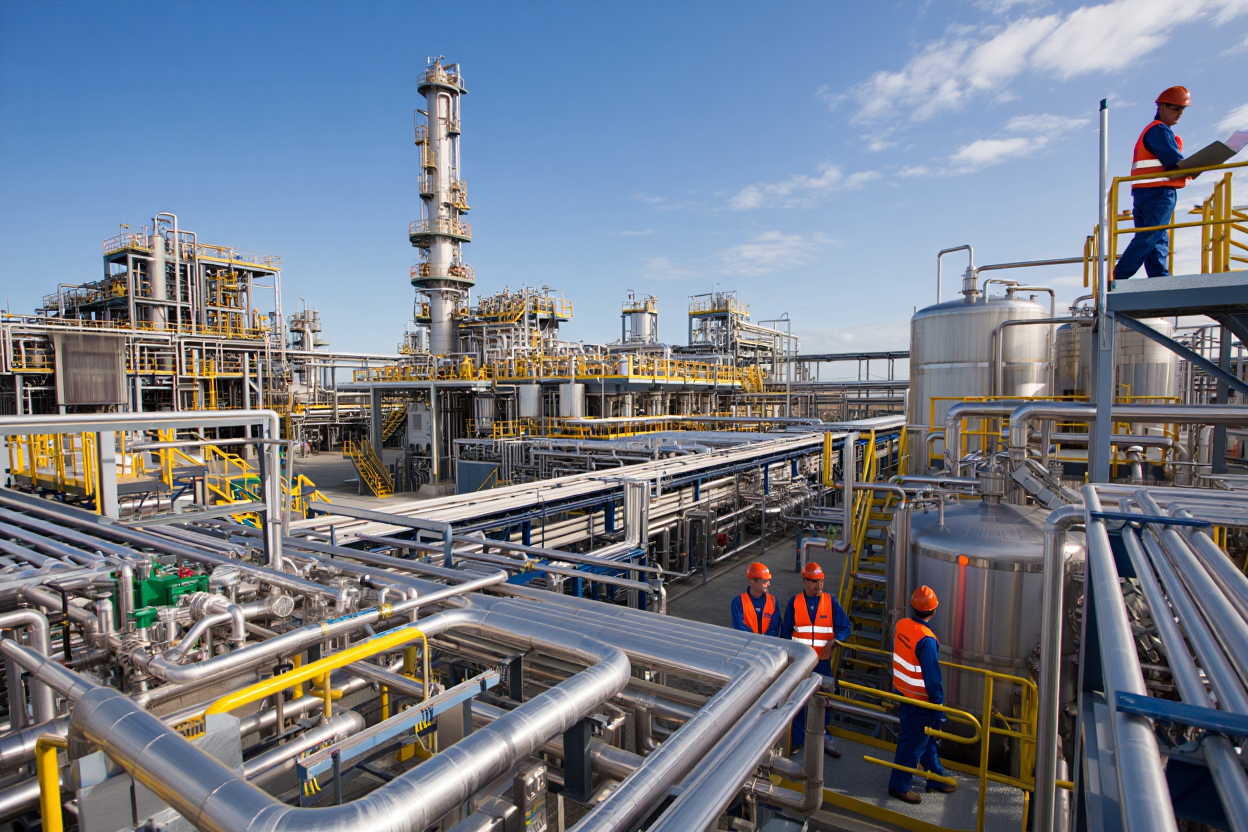
Glyphosate is the world’s most widely used herbicide, marketed under brands such as Roundup. It is valued for broad-spectrum, post-emergence weed control and underpins many global farming systems. However, its environmental and health controversies, coupled with mounting regulatory pressure, make it one of the most debated agrochemicals of the 21st century.
+